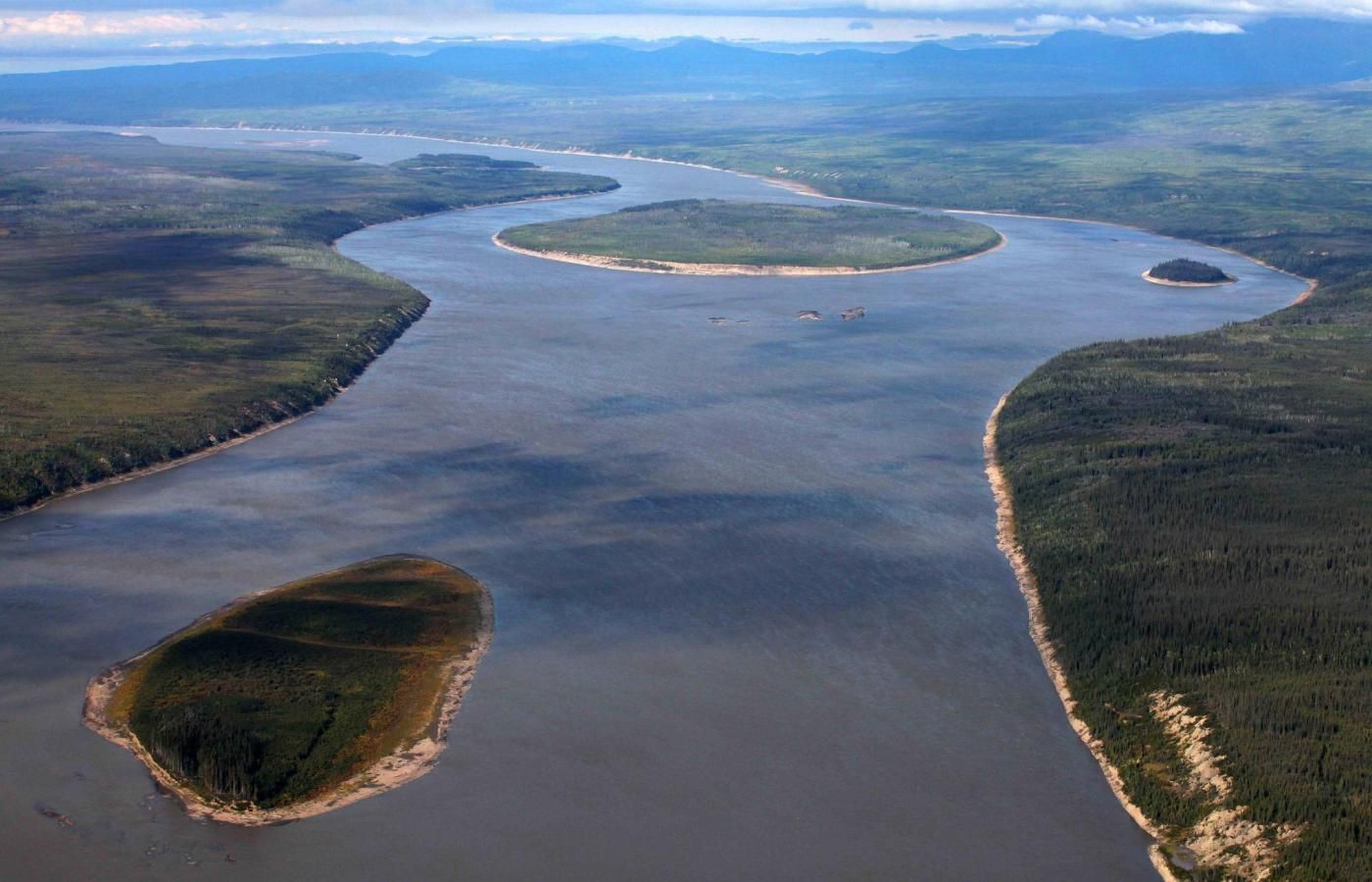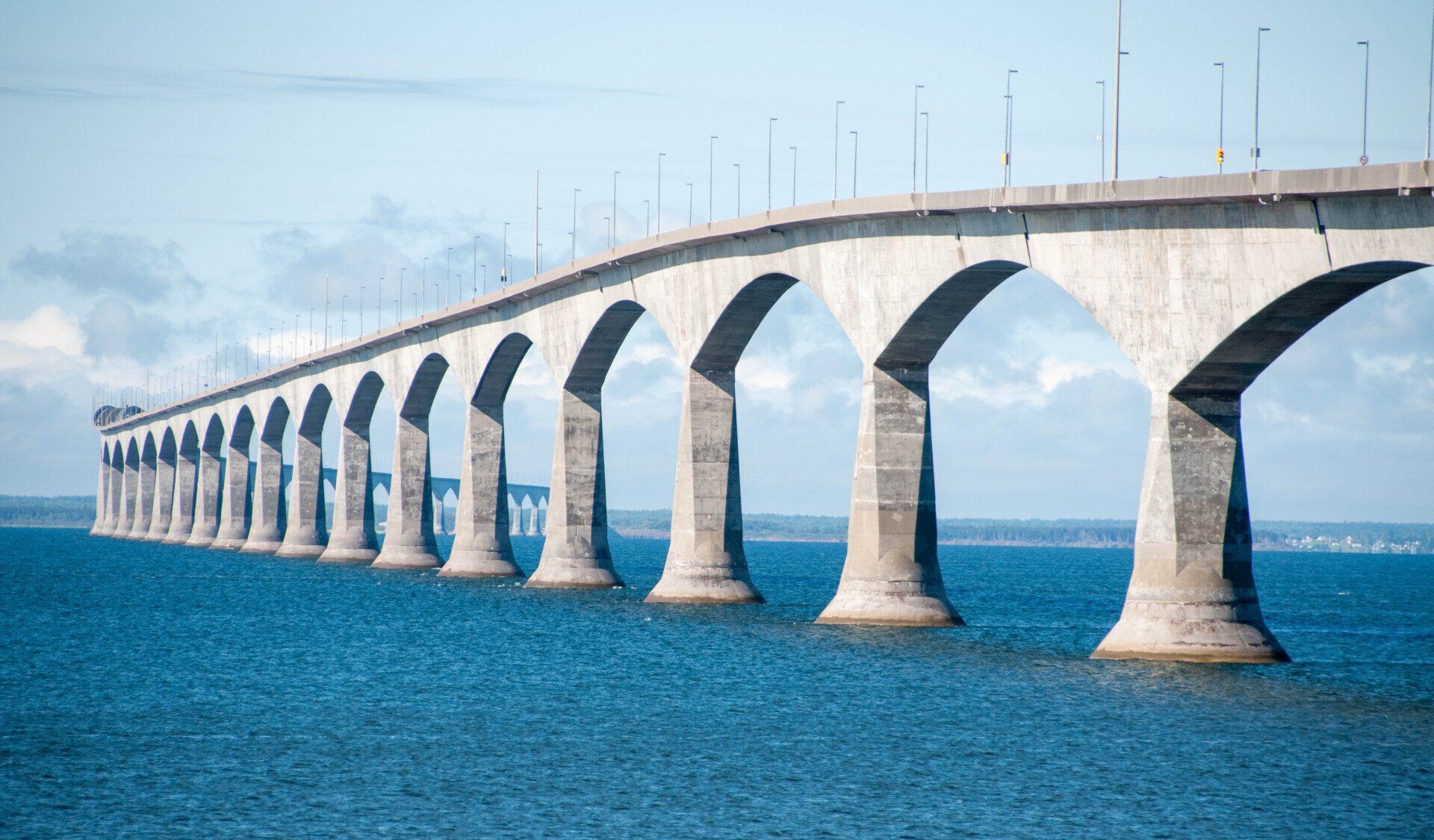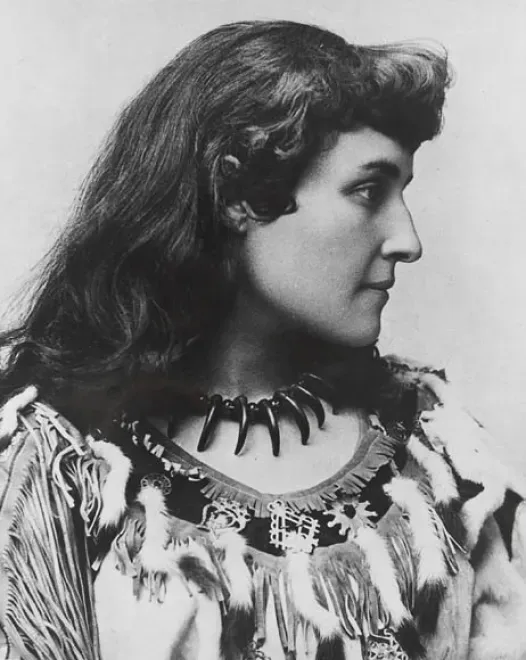A Famous Canadian Citizen: Sir William Edmund Logan
Not many Canadians have made such a monumental contribution to Canada. Logan received numerous prestigious awards in his lifetime. Two mountains have been named after him, including Mount Logan in the south corner of the Yukon Territory, which is the highest mountain in Canada.

William Edmond Logan’s Early Life
Canadian citizen Logan was born in Montreal, April 20, 1798. His family immigrated from Scotland. His father was a successful baker, wealthy farmer and property owner. There were eight children in the busy family, four sons and four daughters.
Early in his childhood, Logan exhibited an interest in rocks as he walked around picking up rocks of various shapes and sizes. He would crack them with a sledge hammer, wrap the pieces up in paper, then carry them away in a large wicker basket. He also carried a hand-held instrument and a leather-bound notebook in which he wrote precise notes.
When Logan was 16 years old, his parents sent him off to Scotland to finish high school. There he achieved recognition for his knowledge of chemistry and mathematics. He was awarded a brass octant, with his name engraved in Latin for the highest class mark in mathematics.
Logan left a university medical program to work for his uncle, Hart Logan, in London as an accountant and bookkeeper. There he took lessons in painting, languages, flute and geometry.
Logan Begins His Surveying Career
When his uncle acquired interests in copper smelting and coal mining in Swansea, Wales, Logan was appointed manager of the smelting operation. This procedure required a continuous supply of coal. Although there were a number of small coal mine operations along the broad river valleys of South Wales, there was not a guaranteed supply to meet the mining requirements.
Logan requested his brother to send old clothes, books on mineralogy, and a theodolite. He then proceeded to trek around South Wales developing precise geological maps of coal streams in the area. This was the beginning of his surveying and mapping career. His maps were detailed with a high degree of accuracy. The British geological survey published them and his name is still on the modern versions of maps for that area.
Logan Becomes Founding Director of the Geological Survey of Canada
Eminent geologists from Britain recognized his brilliance and recommended him for the position of founding director of the Geological Survey of Canada (GSC). The Province of Canada at that time determined that they must chart the mineral resources of the newly established country, Government funds were allocated and in 1842 Logan took up his duties. Canadian citizen Logan established headquarters in Montreal. He employed staff to work with him, including Scottish-born Alexander Murray, a former naval officer, who became his valuable assistant.
The task of the Geological Survey of Canada was to furnish “a full and scientific description of the country's rocks, soils, and minerals, to prepare maps, diagrams, and to collect specimens to illustrate the occurrences.”
Logan recognized that his task was going to be a difficult one in the vast wilderness of Canada. Travel around the provinces was challenging. There were steamships on the Great Lakes which were beneficial. However, survey travel from Montreal to Canada West was by stage coach through the United States.
In the field, Canadian citizen Logan had an Indian guide, John Basque. Logan’s tent was held up by two poles and he described conditions as “living the life of a savage, sleeping on the beach in a blanket sack with my feet to the fire, seldom taking my clothes off, eating salt pork and ships biscuit, occasionally tormented by mosquitoes.” He would begin work at dawn and continue throughout the day until it became too dark to see. A candle could see burning in his tent into the night hours as he recorded notes.
His first priority was to search for coal in the ever-expanding economy of the Province of Canada. After two field seasons of investigating, he reported that no coal deposits were to be found. Logan’s conclusion was instrumental in the idea of amalgamating the Province of Canada with the coal-rich Maritime Provinces which was one of the factors that led to Confederation in 1867.
During the 1850s Logan added to his staff a paleontologist, a chemist, more geologists, a museum technician, and others. He built the GSC into a well-rounded organization which was capable of conducting rigorous exploration, making maps, analyzing and identifying mineral and fossil specimens, producing reports, and maintaining a public museum.
This famous Canadian citizen recognized the importance of having a place where Canadians could tour and observe the many geological specimens he and his team had found from across Canada. In 1856 Logan received authorization from the government to establish a Geological Museum open to the public. This museum eventually grew and influenced the building of both the Canadian Museum of Nature and the Canadian Museum of History.
Canadian citizen Logan received his greatest honor in 1856 when he received his knighthood, bestowed by Queen Victoria in Windsor Castle. That same year he was also awarded the Wollaston Medal, the highest award of the Geological Society of London.
A major accomplishment of Logan was the publication in 1863 of the
Geology of Canada. This represented all the work of the GSA up to that date. The book contained 983 pages and contained everything known about Canadian geology. The journey to obtain the information in the book took over 20 arduous years of working in the field and lobbying for government funding. The book was recognized internationally for its content, style and precision and continues to be used to this day.
Sir William Edmond Logan’s Legacy
The highest mountain in Canada was named Mount Logan in his honor. It is located in the south corner of the Yukon Territory. There is the Logan Medal, highest reward of the Geological Association of Canada; Logan Tower, headquarters in Ottawa of the Geological Survey of Canada; Logan Club, professional organization for GSC scientists; at McGill University there is the Logan Chair of Geology. In addition, there are minerals named after him as well as many honors and facilities.
Without question, this Canadian citizen made a momentous contribution to the landscape of Canada. Through his efforts, the vast new country became mapped and its mineral resources identified.
Sir William Edmond Logan passed away June 22, 1875 at the age of 77.
Joy Dirks
**Official Canadian citizenship was not established until 1947. Reference made to Canadian citizens prior to 1947 is intended to imply that these individuals were “residents” of Canada and as British subjects were “citizens” of Canada in an informal sense.



